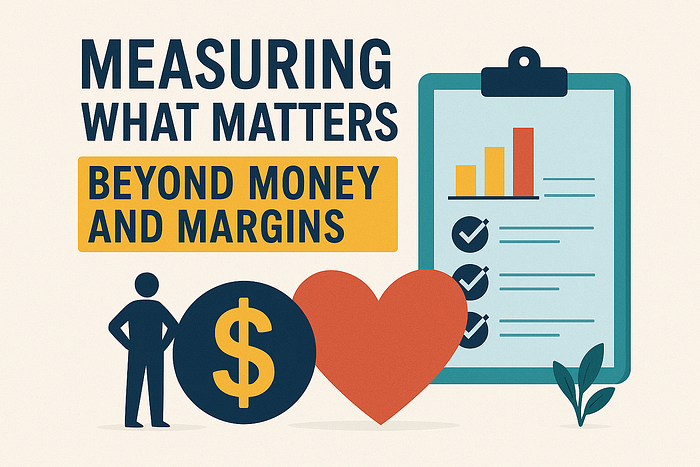Prelude
Imagine walking into an organisation where no one breathes, eats, or takes vacation. No gossip by the coffee machine, no team lunches, no “people problems” — because there are no people. Instead, every desk is occupied by algorithms, every meeting room by machine agents, every workflow managed by AI minds.
If humans are absent, does the Human Resources function cease to exist? Or does it evolve into something new — a system for governing, aligning, and sustaining a non-human workforce? The answer reveals not only the future of organizations but also the essence of what HR has always been about.

The Core of HR
At its simplest, HR exists to align people with purpose. Strip away the paperwork, the compliance checklists, the endless debates on leave policy — HR is about ensuring the workforce can thrive, grow, and remain aligned with what the organization is trying to achieve.
Now imagine removing humans from the equation. Strangely enough, the functions of HR still survive — but they take on entirely new forms.
HR in the Age of Algorithms
Picture this: the HR dashboard of tomorrow.
- Recruitment isn’t about attracting talent — it’s about instantiating new AI agents or selecting the right algorithmic models. Job descriptions read like: “Seeking GPT-12.4 instance with strong reinforcement-learning background, 3 PB of training capacity, and optional ethics module.”
- Onboarding means configuration and calibration. Forget office tours; new hires get their mission protocols uploaded, and their system permissions aligned.
- Performance management is no longer the dreaded appraisal cycle — it’s constant benchmarking. Efficiency ratios, adaptability scores, and error rates are crunched in real time. Forget bell curves; here it’s all exponential.
- Learning & Development becomes software updates and retraining cycles. Your quarterly workshop is now a firmware patch.
- Employee relations? Mostly debugging conflicts between legacy code and next-gen AI. (“The chatbots won’t cooperate with the predictive models again.”)
- Compensation & Benefits look like access to more powerful compute cycles, priority queueing on the server, or a premium API package. “Congratulations on your promotion — enjoy your extra teraflop!”
- Diversity & Inclusion gets reframed as architecture diversity. To avoid groupthink, organizations mix symbolic AIs, neural networks, quantum optimizers, and maybe even one rule-based dinosaur, just to keep everyone honest.
It sounds absurd, but beneath the satire lurks something serious: HR is really about something more than humans. It’s about how entities — whatever their form — interact with the organization’s purpose.
Reimagining HR Beyond Humanity
Of course, an HR function for machines would face its own unique dilemmas:
- AI burnout isn’t stress; it’s overfitting or catastrophic forgetting. How do you design work so that learning systems don’t collapse under data fatigue?
- Generational conflict might mean friction between a legacy rules-based agent and a sleek new transformer model.
- Ethical dilemmas still arise: If an AI demonstrates emergent sentience, does it deserve rights? Dignity? Rest cycles? Could unions of algorithms demand fairer compute time?
- Security & sabotage take on new meaning: rogue code, malicious updates, or a “virus strike” could cripple an organization more efficiently than any human protest.
Here’s the twist: this entire thought experiment points us in the direction that- HR has never only been “human” resources. It has always been harmonization resources — the invisible machinery that keeps a workforce, human or otherwise, aligned with purpose, ethics, and growth.
The organization of the future may not run on humans, but it will still run on relationships: between algorithms, between goals, between systems of value. Someone — or something — will need to manage those relationships.
This is where HR re-emerges, not as an outdated department but as a future-facing discipline. A discipline that governs fairness between agents, sustains diversity in design, and ensures alignment between workforce (human, machine, or hybrid) and organizational mission.
In other words, HR doesn’t disappear in a post-human world. It remains as essential as ever.
Closing thoughts
A world without humans still needs a mechanism to balance interests and sustain purpose. HR’s future may not be about managing salaries and leave requests; it may be about optimizing compute cycles, mediating between architectures, and ensuring ethical alignment of synthetic minds.
And maybe that’s the ultimate lesson. HR was always about resources that hold an organization together- which will hold true in a world beyond humans as well. Tomorrow, those resources may not breathe — but they will still need to belong, grow, and harmonize.


